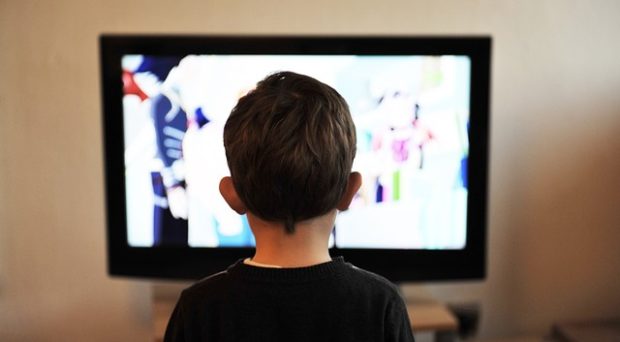
The recently updated American Academy of Pediatrics guidelines, mentioned in the paper, highlight that our thinking around children’s screen time needs to take into account the ubiquity of screens. We not only need to be thinking about how much they are watching, but what they are watching as well (although psychologists have been telling us this for years). But now it’s not just enough to talk about watching TV, we have video games, tablets and smart phones to think about too.
An important question to ask is whether this proliferation of screens is accompanied by an increased awareness of screen time recommendations for children, a greater understanding of the dangers of too much screen time, and better skills for monitoring children’s screen use? It would seem not, and studies seem to indicate that parents view screen time as educational, a good babysitter, and a helpful bartering tool for dealing with uncooperative children.
In their paper, Jago and colleagues report on some results from the B-Proact1v study with 5-6 year old children, based in the greater Bristol area in the UK. For this paper, they focus on the screen viewing of these children and their parents, who were classified according to their level of household deprivation and their child’s level of moderate-to-vigorous physical activity, measured using activity devices called accelerometers. Parents were interviewed about their child’s screen viewing (how much and if they thought it was appropriate), who influences their child’s screen viewing, and the ways in which they manage their child’s screen viewing. Parents also completed a questionnaire about their own and their child’s screen viewing habits.
Parents and children who went over the 2-hour mark had a less structured and more laid back family environment, with minimal rules.
Since the recommendation for school-going children is no more than 2 hours per day of screen time per day, parents and children who followed this recommendation were compared with parents and children who exceeded this 2-hour threshold. Not surprisingly, there were some clear differences, and these related to parents’ personal screen-related views and behaviors, the family environment, and setting rules and limits.
In a nutshell, parents and children who stuck to the <2 hour recommendation tended to have a family environment that encouraged activity, sought non-screen alternatives for family time, and were more likely to have rules that managed screen viewing time and content. In contrast to this, parents and children who went over the 2-hour mark had a less structured and more laid back family environment, with minimal rules and a tendency to choose screen viewing as the preferred activity for the family to relax together.
These findings support previous work that has shown that, in comparison to permissive parents, authoritative parents who place some restrictions on the screen viewing tend to have children who spend less time in front of screens. Authoritarian parents are responsive to their children’s needs, but not afraid to put rules and limits in place, and this parenting style has been linked to a host of other positive outcomes in children.
This study also indicates that there is much work still to be done on informing parents of the negative impact of non-educational screen time. And that relying on screens for their educational value has its shortcomings. Lastly, when life is busy and some downtime is needed, families can watch some TV or a movie together, but this needs to be balanced with other family activities that get everyone moving. Since screens are not going anywhere, the more that parents can strike a healthy balance, the better for everyone.
Comments